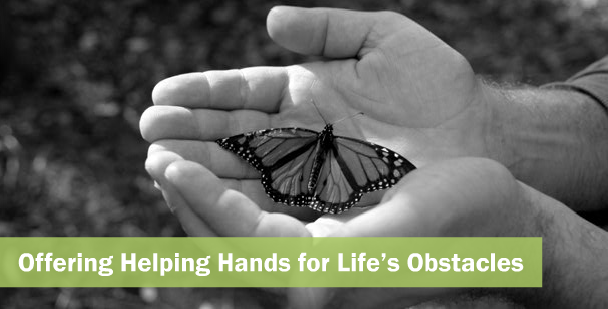Acupuncture is a safe, natural, drug-free and effective way to get well and stay healthy. Acupuncture is an ancient practice (over 2500 years old) that involves the gentle, painless insertion of very thin, sterile needles into "acupuncture points" on the body. There are more than 2,000 such points, each associated with various pathways through which flow the body's natural life energy (Chi). In acupuncture practice, these pathways or conduits (referred to as meridians) help regulate and "unblock" the passage and flow of chi, in turn helping to regulate and improve countless bodily, mental, and emotional functions. There are several styles of acupuncture. I select the best style or combination of styles for you based on several factors such as your primary area of concerns, your current state of health and your lifestyle.
Traditional Chinese Medicine (TCM)
In TCM, the treatment of illness is based primarily on the diagnosis and differentiation of syndromes. Traditional Chinese medicine treatment starts with the analysis of the entire system, then focuses on the correction of pathological changes through readjusting the functions of the zang-fu organs. The zang organs represent the energy that runs thru the yin meridians (Heart, Liver, Spleen, Lung, Kidney, Pericardium) while the Fu organs represent the energy that runs thru the yang organs (Small Intestine, Large Intestine, Urinary Bladder and Stomach). Evaluation of a syndrome includes the cause, mechanism, location, and nature of the disease, and the confrontation between the pathogenic factor and body resistance. Treatment is not based only on the symptoms, but differentiation of syndromes. Therefore, those with an identical disease may be treated in different ways, and on the other hand, different diseases may result in the same syndrome and are treated in similar ways.
The clinical diagnosis and treatment in Traditional Chinese Medicine are mainly based on the yin-yang and five-element theories. These theories apply the phenomena and laws of nature to the study of the physiological activities and pathological changes of the human body and its interrelationships. The typical TCM therapies include acupuncture, herbal medicine, and qigong exercises. With acupuncture, treatment is accomplished by stimulating certain areas of the external body. The TCM Theory allows for a stronger needle stimulation if the client desires
Acupuncture Physical Medicine (APM)
APM is a modern American approach to classical meridian acupuncture that draws from both classical meridian acupuncture and Western physical medicine, notably the technique of myofascial release of soft-tissue constrictions or trigger points developed by Janet Travell, M.D. and David Simons, M.D.
Traditional Japanese Medicine (TJM)
In general, Japanese acupuncture is unique in its effeciency and precision. Techniques are often directed at using the minimum amount of stimulation to attain the greatest results. Much of Traditional Chinese Medicine theory continues to be used and the majority of the acupuncture points are used with a few modifications. Through its own evolution, Japanese acupuncture has taken on unique charactereistics which includes a strong emphasis on palpation (the awareness of qi arrival), root (meridian based), and branch (symptomatic) approaches to treatment, the application of moxa and shini-shin (pediatric acupuncture).








